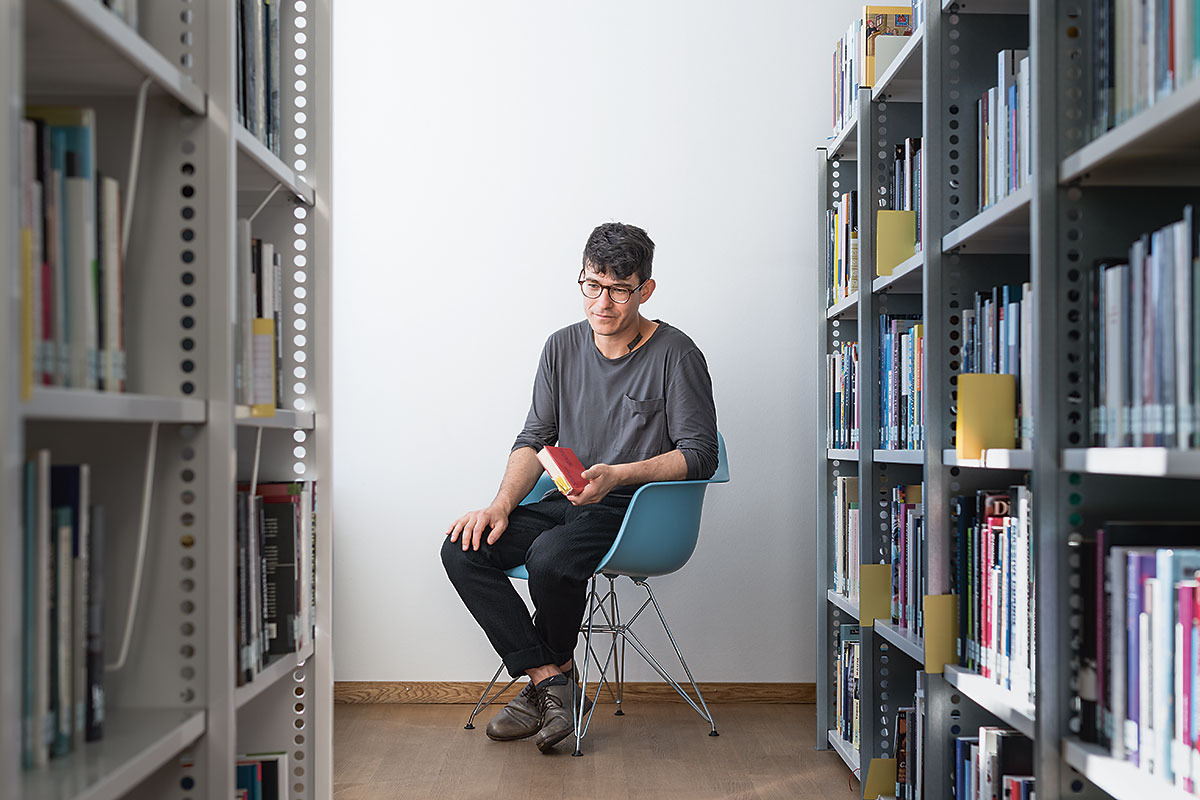Articel Content
Languages of Art: Nelson Goodman’s theory of symbols
Text: Markus Klammer
My book: The art historian Markus Klammer recommends the American philosopher Nelson Goodman`s «Sprachen der Kunst».
One particular book that has been part of my life in recent years is «Languages of Art» (1968), by the philosopher Nelson Goodman. Goodman studied at Harvard University, ran an art gallery in Boston while completing his doctorate, and was himself a professor at Harvard from 1968. His thought is shaped by that of Carnap, Quine, and Wittgenstein.
The book develops a general theory of symbols in the arts, in which «symbols» are understood not as concrete manifestations of an absolute, as in the romantic/idealistic tradition, but rather as objects that refer to other objects. Goodman differentiates between pictorial and linguistic symbols, exploring their properties and how they relate to the things that they denote. Concerning questions of image theory and the relationship of images to language and the world, I find the book a constant source of reflection and intellectual unrest.
In Goodman’s view, what we perceive as the «world» is not an immediate reality, but something produced by our – historically, socially, and culturally determined – use of linguistic and pictorial symbols. Our perception of the world is always bound up with the use of symbols. I have been particularly influenced by Goodman’s insight that the seemingly natural connection between symbols and things is systematically undermined in two areas that, at first glance, have little in common: the sciences and the arts.
Both make use of symbols in a genuinely «aesthetic» way, by applying them experimentally to kinds of phenomena for which they were not really intended. This means that the sciences and the arts are always playfully generating metaphors that highlight particular aspects of unknown phenomena and «stylize» them, as it were, thereby anchoring the new in what is already familiar, thus making it visible and communicable. An important lesson I have taken from the book is that scientific and aesthetic learning and understanding are closely linked and that both are not only «metaphor dependent», but directly connected with the productive dimension of metaphors.
Markus Klammer is an art historian and Schaulager Professor of Art Theory at the University of Basel, specializing in the theory of art and aesthetics, the epistemology of psychoanalysis, theories of images, 20th-century French philosophy, and Situationism.
More articles in the current issue of UNI NOVA.
